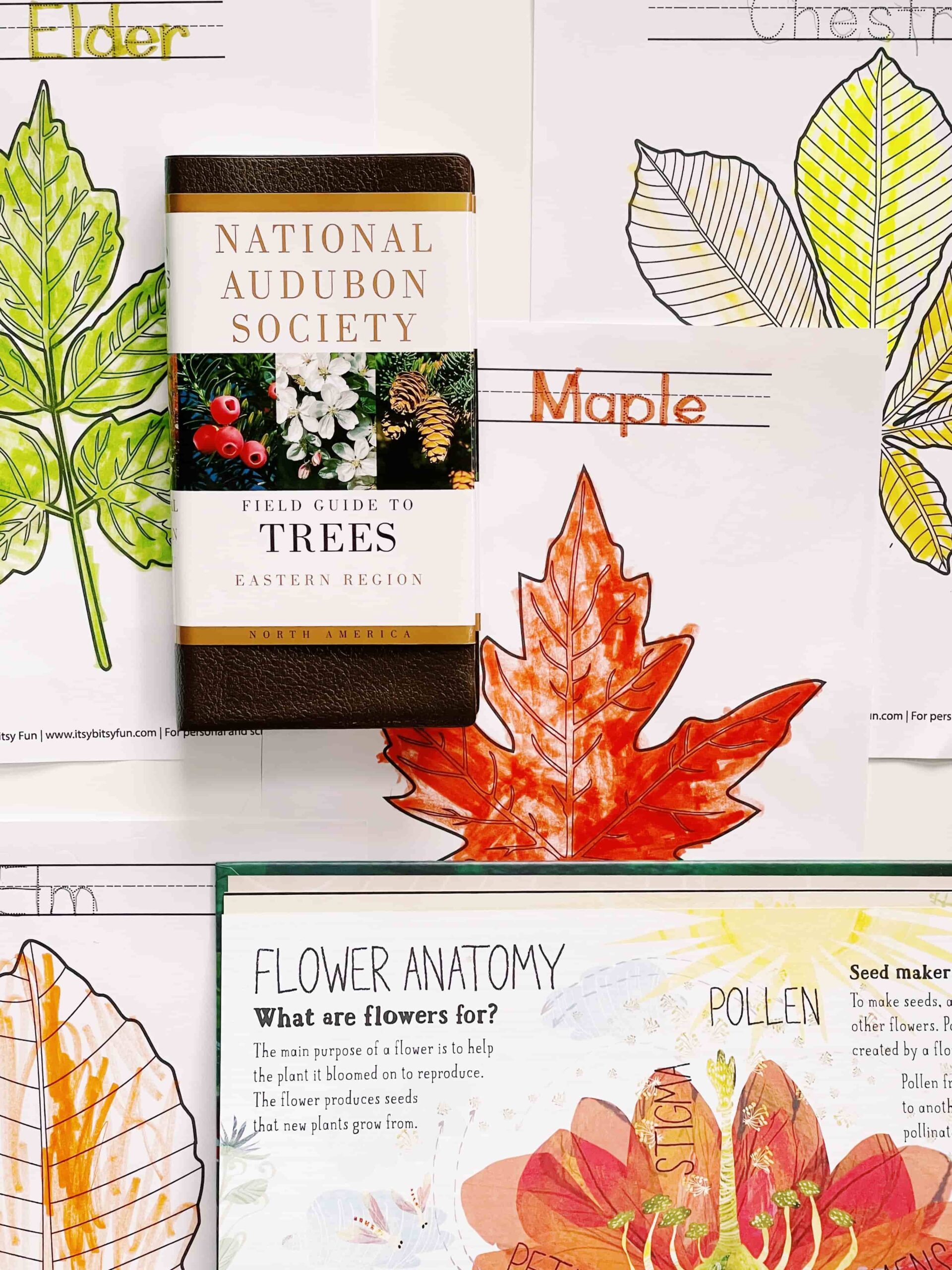Of the four mainstream education philosophies, the Charlotte Mason approach is the one that we most loosely use. I understand the appeal of its dedication to gentle learning, character formation, appreciation of beauty, and focus on living books.
However, in a world that IS skills based and operating at a speed that continues to increase due to the sheer amount of information available, I find it impossible to recommend this approach as the sole basis of early childhood education. Instead, I find that it’s best to cherry pick some of the uncommonly found elements of the approach and supplement learning outside of school with it.
So how to adapt a Charlotte Mason approach for the demands of today? Some ideas below, but first, a primer.
What a Charlotte Mason education is and isn’t
Even though I’m not the target audience for a Charlotte Mason curriculum, some aspects of the philosophy are very appealing:
- Emphasis on good literature, art, and music
- Nature observation
- Out-of-door life
It also is and always has been Christian focused, so there is a fair bit of the original educational philosophy that our family simply ignores. As to what’s it’s not, I find this analysis of the Charlotte Mason approach so interesting. In a nutshell, it is not:
- Unschooling
- Project based learning
- Unit studies
- Montessori
- Classical education
As the FAQ states: “Charlotte Mason is a 12-year Christian Character Building curriculum. Books are chosen not for cultural literacy so much as the literary quality with which they were written, and even more, their ability to develop the whole person and inspire his character. For all those years that children are getting a CM education, what’s really being trained more than anything else is their character.”
Modern Update #1: Introducing Arts
Process art is the gold standard in early childhood education and I’ll be the first one to say that you can offer your child an art station (supplies + a place to use the supplies in), and you will already be ahead of the game on this front.
In the Charlotte Mason way, art appreciation is the way to think about including that additional layer of understanding and complexity. Going to art museums is the obvious answer, but what if your child isn’t yet at an age where that’s feasible (or doesn’t have the attention span to stay for long)?
Enter: Child-Size Masterpieces, an amazingly easy way to sneak in art recognition and dialogue. Also, a cute and fast way to decorate a small corner of your play space or your child’s room!
There are also great books about artists. We love the Katie series by James Mayhew and the Getting to Know the World’s Greatest Artists series.
With music, there are a great number of touch and play books (Story Orchestra series is an all time fave), and nothing beats going to a kid concert. In NYC, the Little Orchestra Society is an amazing resource, and there are also young children’s concerts at Carnegie Hall.
Modern Update #2: Nature Walks
During lockdown, some of my favorite memories of then Mr. 2 was how he loved getting to know local birds and their calls. We don’t even have proper woods nearby, and yet, it was so exciting to guess which bird might be trilling away in the bushes.
We also picked up botanical garden expeditions where we’d try to memorize as many of the local flora and trees as possible then identify them outside of the gardens.
And of course now we are in a phase where cloud identification, using a compass, and learning to read nature’s signals are interesting.
I’ve stocked up on interesting rocks and gemstones in case Mr. 5 becomes interested in them.
You get the picture! City dwellers can get in on the action…
Modern Update #3: Social Emotional Learning
The fact that the Charlotte Mason approach is focused on character building is great, but of course that can be done in a secular fashion. I am so grateful we live in a time where more schools are incorporating SEL into early childhood education because I can already see the challenges that some kids are facing even WITH the curriculum.
Mr. 5 has a VERY strong sense of right and wrong, and I cannot identify any one thing we’ve done that could possibly explain this. There was a long period where I basically had to physically intervene in many playdates to reinforce what was acceptable or unacceptable behavior, and of course his daycares/PreK program also reinforce the socially acceptable norm.
In many ways, the most taxing part of modern parenting has been the emotional coaching. Especially with big feelings like anger, shame, embarrassment, and impatience, I’ve relied on parenting techniques from Big Little Feelings and Dr. Becky to defuse situations. Something straightforward like naming emotions also is part of the standard good parenting repertoire now.
I don’t think SEL is something that can be taught with a book. Rather, it’s about us parents having the “right” words ready to go for tough situations.
Charlotte Mason education has some really lovely tenets that are valuable in any person’s education. Take the bits that work for you and strip the rest. As with the work of Maria Montessori, we have to remember that these educators are no longer alive to update the work they put forth in their world. That’s where we can use our agency to adapt and modernize. There’s nothing wrong with ingenuity and innovation as long as we understand the foundation of the underlying education philosophy.

